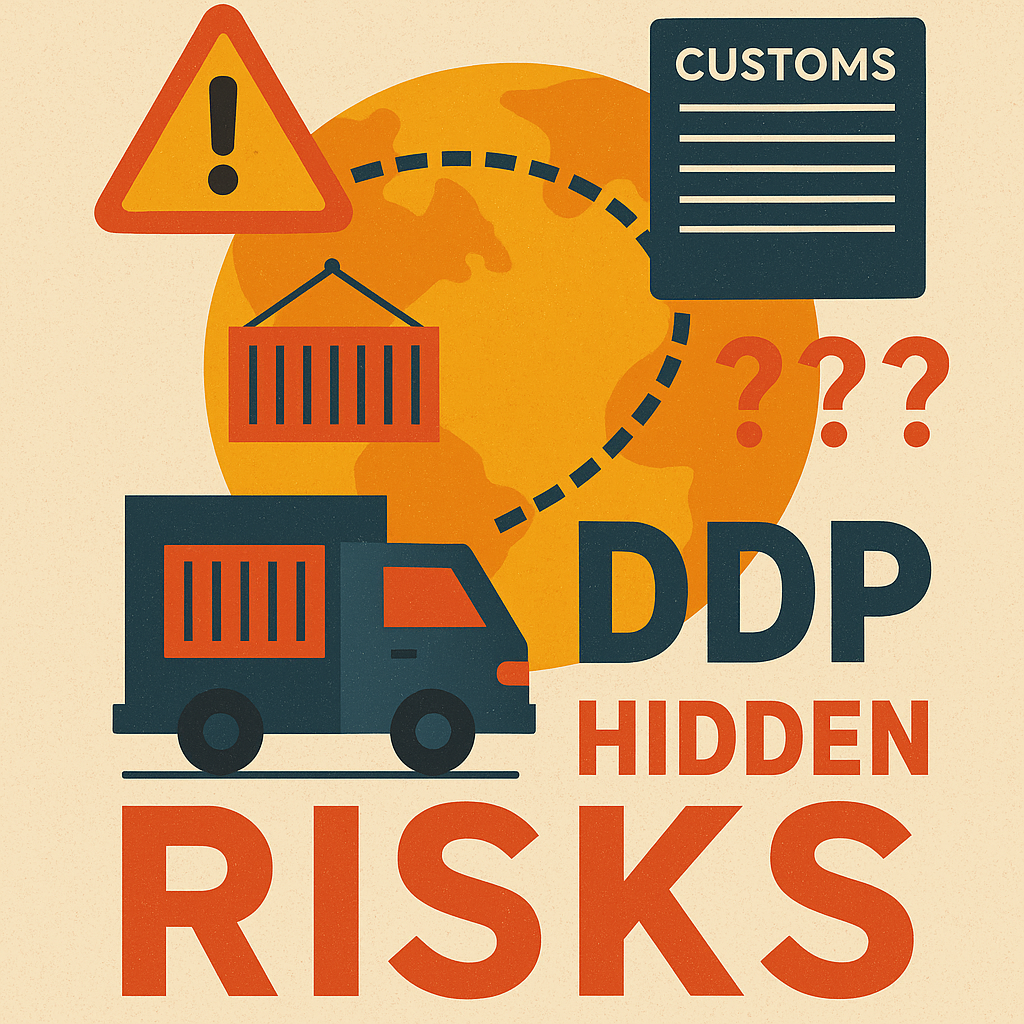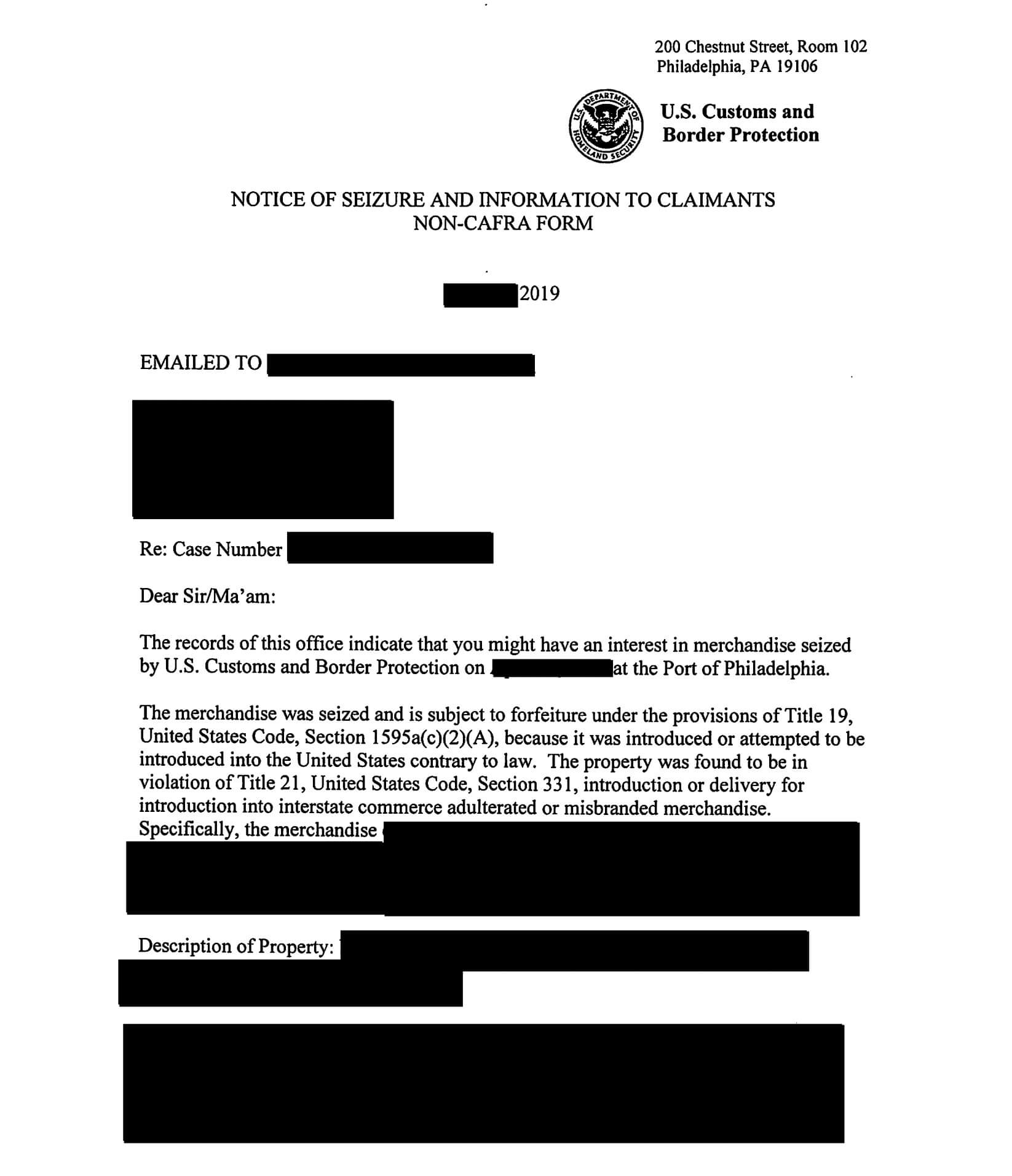Import classification is a critical process in international trade, as it determines the proper identification, categorization, and valuation of imported goods. To ensure accurate and compliant import classification, businesses must establish robust recordkeeping practices. In this article, we will explore the importance of recordkeeping in import classification and provide detailed guidelines on establishing an effective recordkeeping system. We will also discuss best practices for organizing and storing import classification records, common mistakes to avoid, and strategies for streamlining recordkeeping processes.
Understanding the Importance of Recordkeeping in Import Classification
Accurate import classification is essential for compliance with customs regulations and to determine the appropriate duty rates, trade restrictions, and customs requirements for imported goods. The process involves assigning a harmonized system (HS) code to each product, which is used by customs authorities worldwide to identify and track goods. To ensure consistent and correct classification, businesses must maintain detailed records of their import transactions and supporting documentation.
A robust recordkeeping system ensures accountability, transparency, and traceability in import classification practices. It allows businesses to demonstrate compliance with customs regulations, supports accurate valuation of goods, and facilitates data analysis for risk management and trade-related decision-making. Additionally, import classification records provide valuable historical data that can be used for audits, inspections, and trade negotiations.
Key Regulations and Guidelines for Import Classification Recordkeeping
Several regulations and guidelines govern recordkeeping requirements for import classification. It is crucial for businesses to understand and comply with these regulations to avoid penalties, delays, and potential trade disruptions. Some of the key regulations include:
- Customs Modernization Act (US)
- Customs and Excise Management Act (UK)
- World Customs Organization’s Harmonized System Convention
- International Traffic in Arms Regulations (ITAR) (US)
- Directive on the Union Customs Code (EU)
These regulations stipulate the minimum recordkeeping requirements, such as the types of documents that must be kept, the retention periods, and the level of detail necessary to support correct import classification. It is essential for businesses to consult the specific regulations applicable in their jurisdiction and industry to ensure compliance with recordkeeping requirements.
How to Establish an Effective Recordkeeping System for Import Classification
To establish an effective recordkeeping system for import classification, businesses should follow these key steps:
- Define recordkeeping policies and procedures: Develop clear policies and procedures that outline the recordkeeping requirements, responsibilities, and workflows within your organization. Document the processes involved in import classification, including data collection, analysis, and record creation.
- Identify required documents: Determine the specific documents that must be maintained for import classification, such as invoices, purchase orders, bills of lading, packing lists, and product specifications. Consult the relevant regulations and guidelines to ensure that you capture all necessary information.
- Establish record formats: Determine the format of your import classification records, whether electronic or paper-based. Ensure that the chosen format is easily accessible, secure, and consistent with regulatory requirements.
- Implement record retention procedures: Establish clear procedures for record retention, including the duration of retention and the processes for archiving or destroying records. Retention periods may vary depending on the jurisdiction and the nature of the goods imported.
- Train and educate employees: Provide comprehensive training to employees involved in import classification on the importance of recordkeeping, the specific requirements, and the proper procedures for maintaining records. Regular refresher training should be conducted to ensure ongoing compliance.
By following these steps, businesses can establish a structured and efficient recordkeeping system that supports accurate import classification and ensures compliance with regulatory requirements.
Best Practices for Organizing and Storing Import Classification Records
Organizing and storing import classification records in a systematic and secure manner is crucial for easy retrieval, data integrity, and audit readiness. Here are some best practices to consider:
- Categorize records: Create a logical categorization system for your import classification records based on factors such as product type, import date, or customer. This will facilitate easy retrieval and analysis of data.
- Use consistent naming conventions: Develop a standardized naming convention for your records to ensure uniformity and clarity. Include relevant information such as the invoice number, the product description, and the import date to enable quick identification.
- Establish a secure storage system: Choose a secure and access-controlled location to store physical records, ensuring protection against theft, damage, and unauthorized access. Implement appropriate security measures for digital records, such as encryption and password protection.
- Implement backup and disaster recovery measures: Regularly back up your digital records to a separate, secure location to protect against data loss. Establish a disaster recovery plan to ensure rapid retrieval and restoration of records in the event of an unexpected incident.
- Regularly review and update records: Conduct regular reviews of your import classification records to identify and correct any errors or inconsistencies. Update records as necessary to reflect changes in import processes, regulations, or product descriptions.
Implementing these best practices will help businesses optimize the organization, accessibility, and longevity of their import classification records, ensuring accuracy and compliance.
The Role of Import Classification Records in Compliance Audits
Import classification records play a vital role during compliance audits conducted by customs authorities. During such audits, authorities review a business’s import documentation and processes to assess compliance with import regulations and verify the accuracy of import classification.
Having well-maintained import classification records is crucial in demonstrating compliance and avoiding penalties. It allows businesses to provide supporting evidence of correct classification, proper valuation, and adherence to customs requirements. Compliance audits also provide an opportunity to identify any gaps or weaknesses in the recordkeeping system and implement corrective measures.
It is advisable for businesses to conduct regular internal audits to ensure the accuracy and completeness of import classification records. Internal audits help identify any potential compliance issues proactively and allow businesses to take corrective actions to mitigate risks.
Essential Information to Include in Import Classification Records
Import classification records should contain specific information to support accurate classification and compliance. The following information should be included in import classification records:
- Importer information: Business name, address, and contact details of the entity responsible for importing the goods.
- Product description: Detailed description of the imported product, including its composition, dimensions, features, and specifications.
- Harmonized System (HS) code: The assigned HS code for each product, indicating its classification and facilitating trade worldwide.
- Supporting documents: Invoices, purchase orders, bills of lading, packing lists, certificates of origin, and any other documents relevant to the import transaction.
- Valuation information: Details of the valuation method used, including the transaction value, adjustments, and any additional charges or discounts.
- Personnel involved: Names and roles of individuals responsible for import classification and recordkeeping to establish accountability.
- Importation details: Import dates, ports of entry, shipping methods, and any relevant customs declarations or permits.
Including this essential information in import classification records ensures transparency, accuracy, and compliance with regulatory requirements. It also facilitates data analysis for risk management, decision-making, and trade reporting purposes.
Common Mistakes to Avoid in Import Classification Recordkeeping
While maintaining import classification records, businesses must be aware of common mistakes that can lead to errors, non-compliance, and increased risks. Some of the most common mistakes to avoid in import classification recordkeeping include:
- Missing or incomplete records: Failing to maintain required documents or omitting essential information from import classification records can result in inaccurate classification and non-compliance.
- Disorganized records: Poor organization and storage of import classification records can lead to delays in retrieval, difficulties in data analysis, and increased risk of errors.
- Inconsistent recordkeeping: Inconsistency in record formats, naming conventions, or data entry practices can create confusion and hinder accurate classification and analysis.
- Non-compliant retention periods: Failing to adhere to the specified retention periods for import classification records can result in penalties, difficulties during audits, and the loss of valuable historical data.
- Lack of training and oversight: Insufficient training, inadequate oversight, and a lack of quality control measures can contribute to errors and non-compliance in import classification recordkeeping.
By avoiding these mistakes, businesses can ensure the integrity, accuracy, and compliance of their import classification records, mitigating risks and facilitating efficient trade operations.
Streamlining Recordkeeping Processes for Efficient Import Classification
Streamlining recordkeeping processes is crucial for enhancing efficiency, reducing costs, and improving accuracy in import classification. The following strategies can help businesses streamline their recordkeeping processes:
- Automate data collection: Utilize technology solutions to automate the collection of import data directly from suppliers, integrating systems and reducing manual data entry.
- Implement electronic recordkeeping: Transition from paper-based records to electronic formats, enabling easier access, searchability, and sharing of import classification records.
- Use standardized templates: Develop standardized templates for import classification records to ensure consistency and reduce time spent on data entry.
- Integrate recordkeeping with classification software: Integrate recordkeeping with dedicated import classification software to ensure that data is captured and classified accurately during the import process.
- Implement data validation checks: Implement data validation checks and automated data analysis tools to identify potential errors or inconsistencies in import classification records.
- Regularly review and update processes: Continuously evaluate and enhance recordkeeping processes to identify areas for improvement, update procedures, and embrace emerging technologies.
By embracing these strategies, businesses can optimize their recordkeeping processes, minimize manual effort, and enhance the accuracy and efficiency of import classification.
Using Technology to Enhance Import Classification Recordkeeping
The advancements in technology have revolutionized import classification recordkeeping, offering numerous tools and solutions to enhance accuracy, efficiency, and compliance. Here are some technologies that can significantly improve import classification recordkeeping:
- Automated import classification software: Specialized software solutions are available that automate the import classification process, providing accurate HS code suggestions and facilitating proper recordkeeping.
- Electronic data interchange (EDI): EDI enables seamless electronic communication and data exchange between businesses, customs authorities, and other stakeholders, eliminating manual data entry and reducing the risk of errors.
- Cloud-based storage and backup: Cloud-based solutions offer secure and easily accessible storage for import classification records, ensuring data integrity and allowing remote access.
- Data analytics and reporting tools: Advanced analytics tools can analyze import classification data, identify trends and patterns, and generate insightful reports for risk management and decision-making.
- Machine learning and artificial intelligence (AI): AI-powered solutions can continuously learn from historical import classification records, improving classification accuracy and providing real-time suggestions.
By leveraging these technologies, businesses can enhance the accuracy, efficiency, and compliance of their import classification recordkeeping, minimizing risks and maximizing trade opportunities.
Ensuring Accuracy and Consistency in Import Classification Records
Accuracy and consistency in import classification records are paramount for compliance and effective trade operations. To ensure accuracy and consistency, businesses should:
- Invest in training: Provide comprehensive training to import classification personnel on classification principles, regulatory requirements, and proper recordkeeping practices.
- Establish quality control measures: Implement internal controls to review and verify import classification records for accuracy and consistency, minimizing errors and ensuring compliance.
- Regularly update knowledge: Stay updated on changes in import regulations, trade agreements, and product descriptions that may impact the classification process and recordkeeping requirements.
- Utilize reference resources: Refer to official customs authorities’ guidelines, customs tariff schedules, and industry-specific resources to ensure accurate classification and recordkeeping.
- Conduct periodic record audits: Conduct periodic audits of import classification records to verify compliance, identify errors or inconsistencies, and implement corrective measures.
By implementing these practices, businesses can maintain accuracy and consistency in their import classification records, supporting compliance, risk management, and efficient trade operations.
Retention Periods for Import Classification Records: What You Need to Know
Retention periods for import classification records vary depending on the jurisdiction and the type of goods imported. It is essential for businesses to be aware of the specific retention requirements applicable in their jurisdiction to ensure compliance. Here are a few retention period examples:
- In the United States, import records must generally be retained for five years from the date of entry or five years after the final withdrawal, whichever is later.
- In the United Kingdom, import records must generally be retained for six years from the completion of the import transaction.
- In the European Union, import-related records must generally be retained for ten years from the end of the calendar year in which the goods were released for free circulation.
It is crucial to consult the regulations and guidelines specific to your jurisdiction to determine the applicable retention periods for your import classification records. Adhering to these retention periods ensures compliance, facilitates audits and inspections, and preserves valuable historical import data.
The Impact of Proper Recordkeeping on Customs Documentation and Reporting
Proper recordkeeping practices significantly impact customs documentation and reporting processes. Accurate and comprehensive import classification records enable businesses to prepare the necessary customs documentation with ease and ensure compliance with reporting requirements. The following are some key impacts:
- Customs declarations: Import classification records provide the necessary information to complete customs declarations accurately, including the HS






